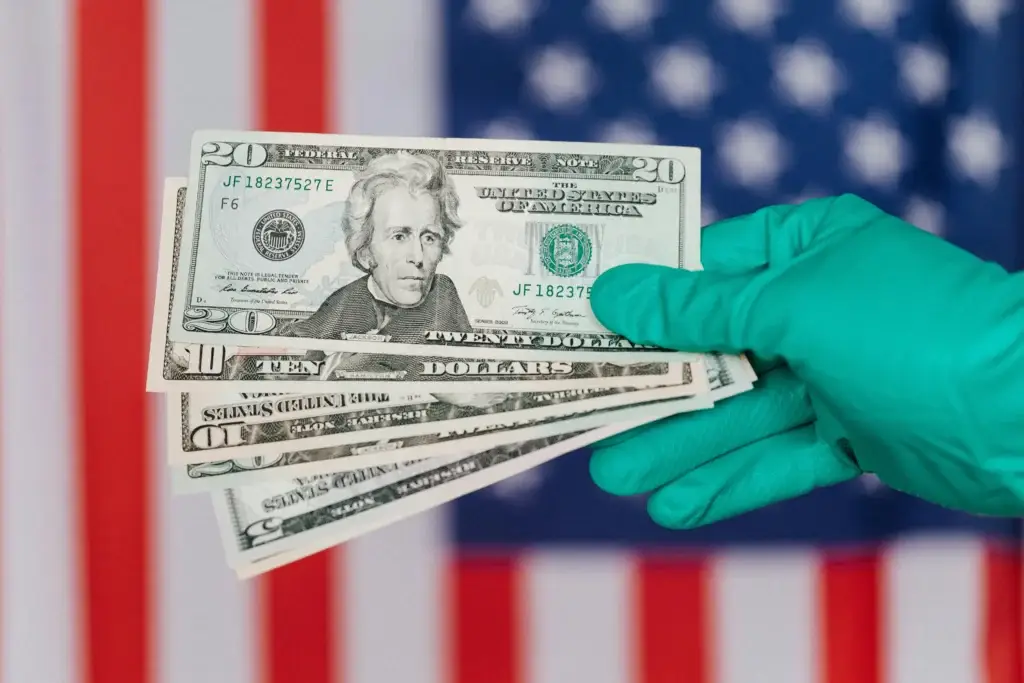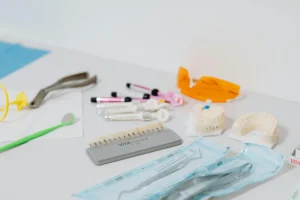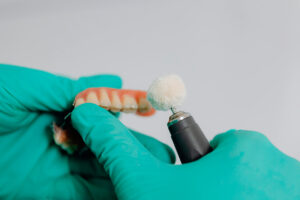Have you ever wondered why visiting the dentist can feel like a luxury rather than a necessity? In the United States, expensive dental care is a common concern for many, with costs often deterring individuals from seeking necessary treatment. But what exactly drives these prices sky high? From intricate procedures requiring specialized skills to the significant overheads of running a dental clinic, several factors contribute to the hefty bills patients face.
Understanding these elements can empower you to make informed decisions about your dental care. The location of your dentist, the demand for dental services, and the complexity of the treatment all play a role in the final cost. It’s not just about the physical work done on your teeth; it’s about the expertise, time, and technology involved.
Fortunately, there are alternatives for those seeking quality dental work without breaking the bank. Exploring options like dental tourism in countries known for affordable yet high-quality care, such as Colombia, can be a game changer.
Ready to discover how you can regain your smile without the financial strain? Let’s dive in and explore the possibilities together.
Factors Contributing to High Dental Costs in the USA
Why is expensive dental care a common reality in the United States? Several factors contribute to the high costs associated with dental services, making it challenging for many individuals to afford necessary treatments.
One of the primary reasons for the steep prices is the significant investment required to become a dental professional. Aspiring dentists in the U.S. often face substantial educational expenses, which can exceed $200,000 per year. This financial burden is reflected in the fees they charge to recoup their investment.
High Cost of Dental Education
The journey to becoming a dentist involves years of rigorous education and training. According to the American Dental Education Association, the average debt for dental school graduates is around $292,169. This debt influences the pricing structure of dental services as practitioners aim to recover their educational expenses.
Moreover, the specialized nature of dental education, which includes advanced courses and clinical practice, contributes to the overall cost. Dentists must continuously update their skills and knowledge, often requiring further investment in continuing education.
Expensive Equipment and Materials
Running a dental practice involves significant overhead costs, particularly in acquiring and maintaining state-of-the-art equipment. Dental technology, such as digital X-ray machines and CAD/CAM systems for creating dental restorations, requires substantial investment.
Additionally, the materials used in dental procedures, like high-quality composites and porcelain for crowns and veneers, are costly. These expenses are passed on to patients, contributing to the overall cost of dental care.
Geographic Location and Demand
The cost of dental care can vary significantly depending on geographic location. Urban areas, where the cost of living is higher, often see increased dental fees compared to rural regions. For instance, a routine dental exam in California averages $206, while in Kentucky, it might be around $168.
Demand for dental services also plays a crucial role. Areas with a high demand for cosmetic procedures, such as veneers and implants, may charge premium prices due to competition and the perceived value of these services.
Understanding these factors can empower you to make informed decisions about your dental care. For those seeking affordable solutions, exploring options like dental tourism in countries known for high-quality yet cost-effective care, such as Colombia, can be a viable alternative.
Affordable Alternatives to Expensive Dental Care
For many, the high cost of dental care can be a significant barrier to maintaining oral health. However, there are several affordable alternatives available that can help you access quality dental services without the hefty price tag. By exploring options like dental tourism, community dental clinics, and dental schools, you can find solutions that fit your budget and dental needs.
These alternatives not only offer cost-effective dental care but also ensure that you receive the necessary treatments to maintain a healthy smile. Let’s delve into these options and see how they can benefit you.
Dental Tourism
Dental tourism has become an increasingly popular option for those seeking affordable dental care. By traveling to countries known for offering high-quality dental services at lower prices, such as Colombia, patients can save significantly on procedures like implants and veneers. Aleriom, for instance, connects U.S. residents with top dentists in Bogotá, providing comprehensive packages that include travel arrangements and accommodations.
One case study involves a patient who needed extensive dental work, including All-on-4 implants. By opting for dental tourism in Colombia, they saved over 50% compared to U.S. prices. This option not only provided financial relief but also ensured they received care from highly skilled professionals.
Interested in learning more? Check out our blog Comparing Dental Costs: Colombia vs. US
Community Dental Clinics
Community dental clinics offer another affordable alternative for those unable to afford private dental care. These clinics often provide services on a sliding scale based on income, making them accessible to a broader range of individuals. They are staffed by licensed professionals who offer essential services such as cleanings, fillings, and extractions at reduced rates.
For example, a community clinic in Los Angeles offers comprehensive dental exams for as low as $50, making it a viable option for those on a tight budget. These clinics are crucial in providing preventive care and addressing minor dental issues before they escalate into more serious problems.
Dental Schools
Dental schools present a unique opportunity for affordable dental care. By receiving treatment from dental students under the supervision of experienced faculty, patients can access a wide range of services at a fraction of the cost. These schools offer procedures such as cleanings, crowns, and even orthodontics at significantly reduced rates.
For instance, a patient at a dental school clinic in New York received a full set of porcelain veneers for nearly 70% less than the average market price. While the treatment may take longer due to the educational setting, the cost savings and quality of care make it a worthwhile consideration.
By considering these alternatives, you can effectively manage the costs associated with dental care. Whether opting for dental tourism, community clinics, or dental schools, these options provide viable solutions for maintaining your oral health without breaking the bank. For more information on affordable dental solutions, explore additional resources available on Aleriom.
Choosing the Right Dental Care Option for You
When faced with expensive dental care, selecting the right option becomes crucial. It’s not just about finding the cheapest service but ensuring quality and convenience align with your needs. This section will guide you through evaluating your choices to make informed decisions.
Understanding the balance between cost, quality, and convenience can empower you to choose a dental care option that meets your specific requirements. Let’s explore the essential factors to consider and how you can evaluate them effectively.
Evaluating Cost and Quality
Cost is a significant factor, but it shouldn’t be the only consideration. Quality of care is equally important. Begin by researching the average costs of dental procedures in your area. Websites like CareCredit provide detailed lists of average dental costs, which can serve as a benchmark.
To assess quality, look for reviews and testimonials from previous patients. Check if the dental practice is accredited by reputable organizations, ensuring they adhere to high standards. A dentist’s experience and specialization can also impact the quality of care you receive.
Convenience and Accessibility
Convenience plays a vital role in your decision-making process. Consider the location of the dental practice and its accessibility from your home or workplace. Proximity can save you time and reduce travel expenses.
Additionally, evaluate the clinic’s operating hours. Flexible scheduling can be a deciding factor, especially if you have a busy lifestyle. Some practices offer weekend or evening appointments, which might be more suitable for you.
Checklist for Choosing Dental Care
To simplify your decision, use the following checklist:
- Compare costs of procedures in your area.
- Research the dentist’s qualifications and experience.
- Read patient reviews and testimonials.
- Check for any affiliations with professional dental organizations.
- Consider the location and accessibility of the practice.
- Assess the clinic’s hours and appointment availability.
By considering these factors, you can navigate the complexities of expensive dental care and choose an option that aligns with your needs and budget. For more insights and options, explore additional resources on Aleriom.
Taking Control of Your Dental Health Costs
As we’ve explored, the reasons behind expensive dental care in the United States are multifaceted, encompassing educational costs, advanced technology, and geographic factors. By understanding these elements, you empower yourself to make informed decisions about your dental health. It’s crucial to remember that finding the right balance between cost, quality, and convenience can lead to better dental care experiences.
There are several affordable alternatives available that can help you access quality dental services without the hefty price tag. Options like dental tourism, community dental clinics, and dental schools offer viable solutions. For instance, traveling to Colombia with Aleriom can provide access to top-notch dental professionals at a fraction of the cost, allowing you to maintain your smile without financial strain.
To effectively manage your dental care expenses, consider the following steps:
- Research average costs of dental procedures in your area.
- Evaluate the quality and reputation of dental providers.
- Explore affordable options such as dental tourism or community clinics.
- Consider the convenience and accessibility of dental practices.
Maintaining regular dental check-ups is essential for preventing more costly treatments in the future. We encourage you to explore affordable dental care options and make informed decisions that align with your budget and health needs. For more information and resources, visit Aleriom and discover how you can regain your smile without the financial burden.
For more detailed information on dental procedures and to explore our comprehensive guides, visit our website or send us a message on Instagram, Facebook or Whatsapp.








